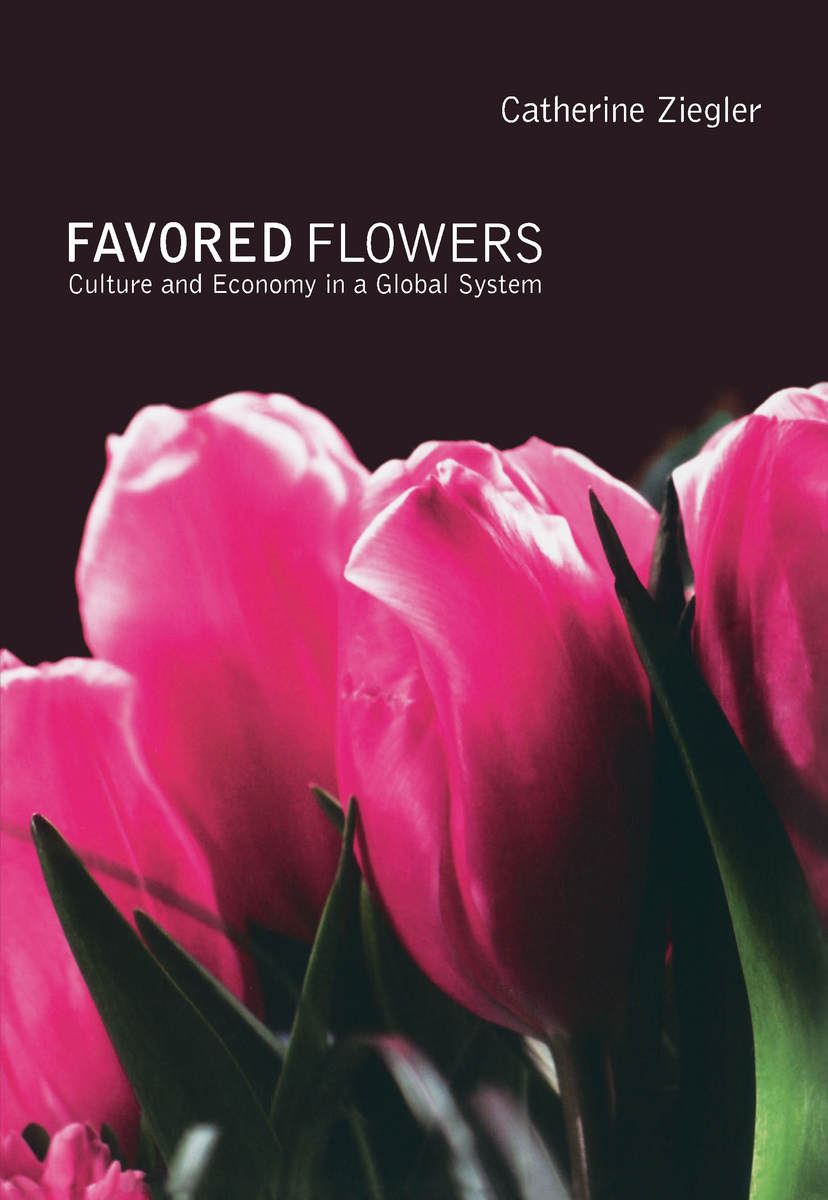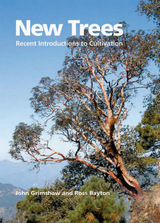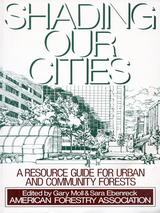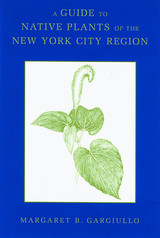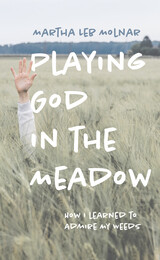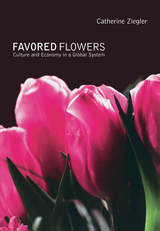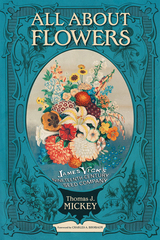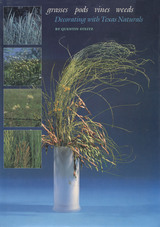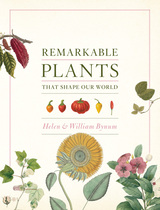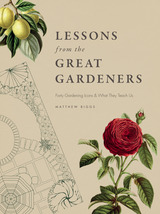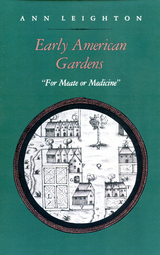Cloth: 978-0-8223-4007-2 | eISBN: 978-0-8223-9001-5 | Paper: 978-0-8223-4026-3
Library of Congress Classification SB443.Z54 2007
Dewey Decimal Classification 331.892835966
Ziegler interviewed more than 250 people as she followed flowers along the full length of the commodity chain, from cuttings in Europe and Latin America to vases in and around New York. She examines the daily experiences of flower growers in the Netherlands and Ecuador, two leading exporters of flowers to the United States. Primary focus, though, is on others in the commodity chain: exporters, importers, wholesalers, and retailers. She follows their activities as they respond to changing competition, supply, and consumer behavior in a market characterized by risk, volatility, and imperfect knowledge. By tracing changes in the wholesale and retail systems, she shows the recent development of two complementary commodity chains in New York and the United States generally. One leads to a high-end luxury market served by specialty florists and designers, and the other to a lower-priced mass market served by chain groceries, corner delis, and retail superstores.
See other books on: Advertising | Consumers | Economy | Marketing | New York Metropolitan Area
See other titles from Duke University Press
